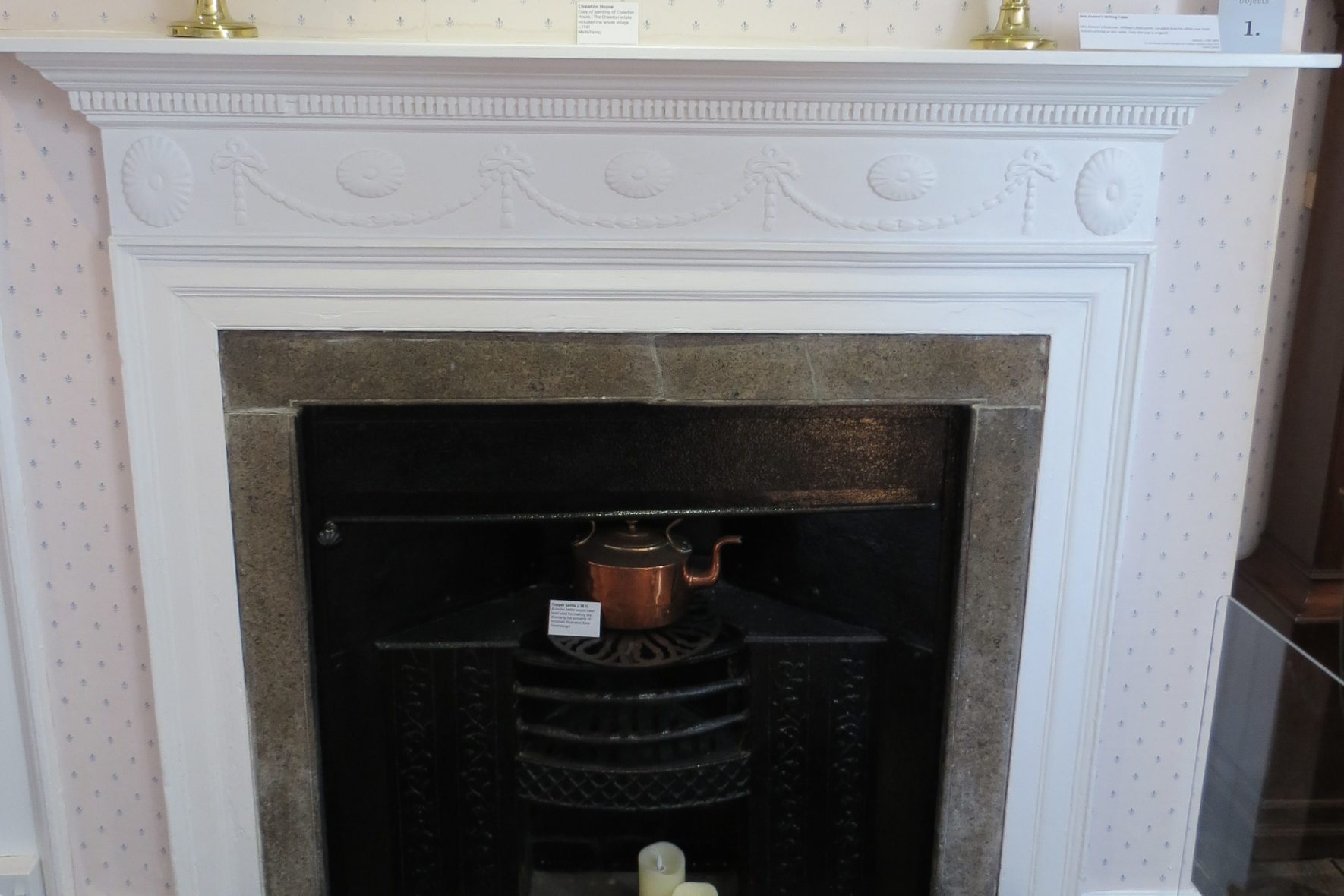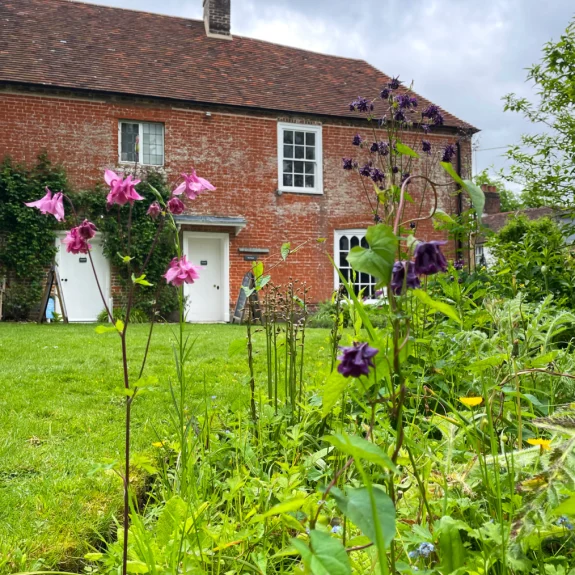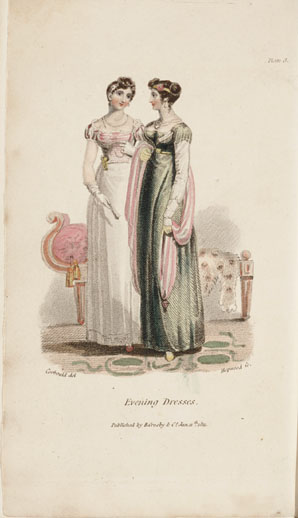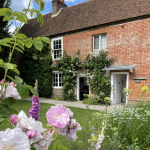At the heart of every household in Jane Austen’s time, a fire burned. Fires provided a fixed source of heat and light, around which people gathered and moved, cooked and cleaned, lived and socialized. And while it’s lovely to imagine that families in Austen’s day gathered together in the evening simply because they enjoyed one another’s company, drawing near the fire on cold, damp days and evenings was a necessity. In a letter to Cassandra in October, Austen says, “It is cold enough now for us to prefer dining upstairs to dining below without a fire” (Letters 151). A warm fire provided heat, comfort, and community; at it, cold feet were thawed, conversations were held, prayers were said, books were read, and tea was made.
In her novels, Austen uses fires—and the heat and light that emanate from them—as a centerpiece for household and social activity, and she spins her characters and plots into motion around them in unique and surprising ways. Austen’s ingenious use of fires is fascinating to consider. In many scenes, she uses fires as clever props. However, fires also signify something deeper about the physical, mental, and emotional state of several key characters.
Read more of my article over at Jane Austen’s World.










Leave a Reply